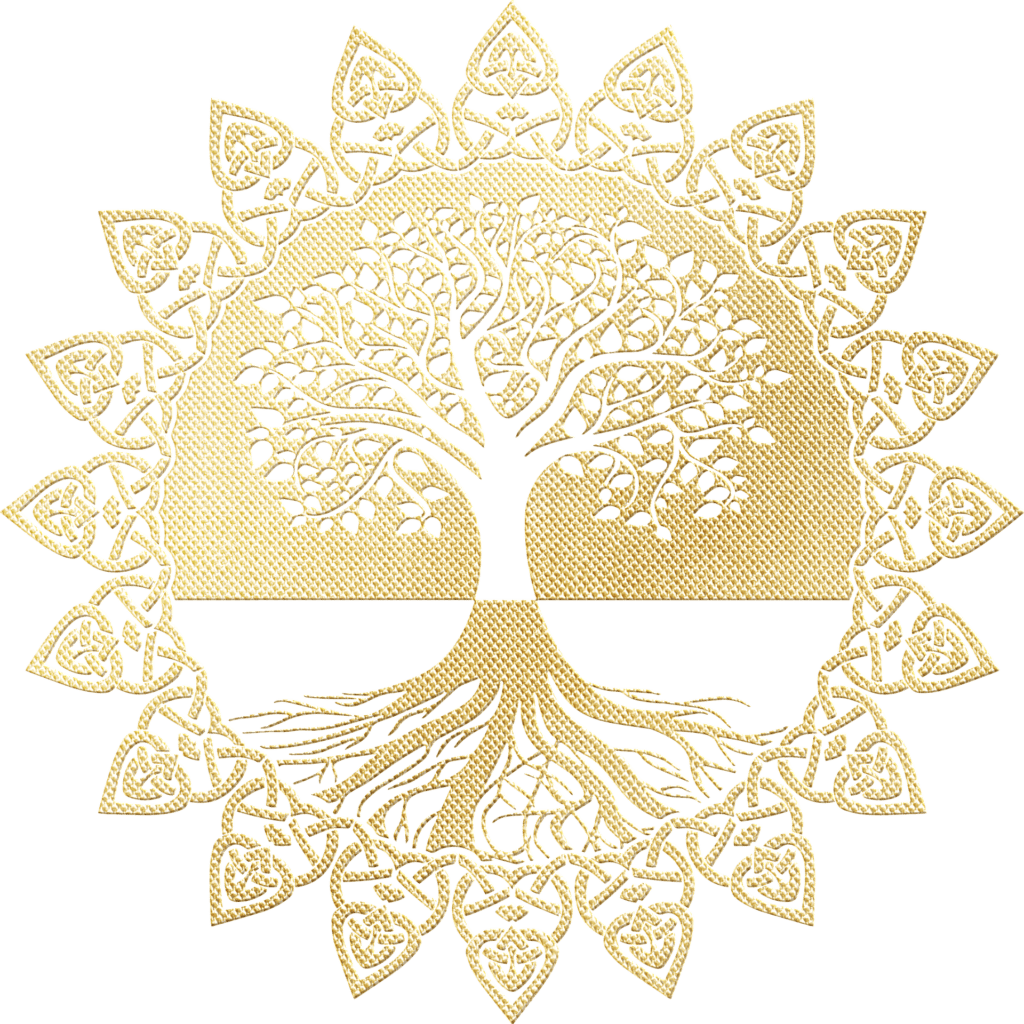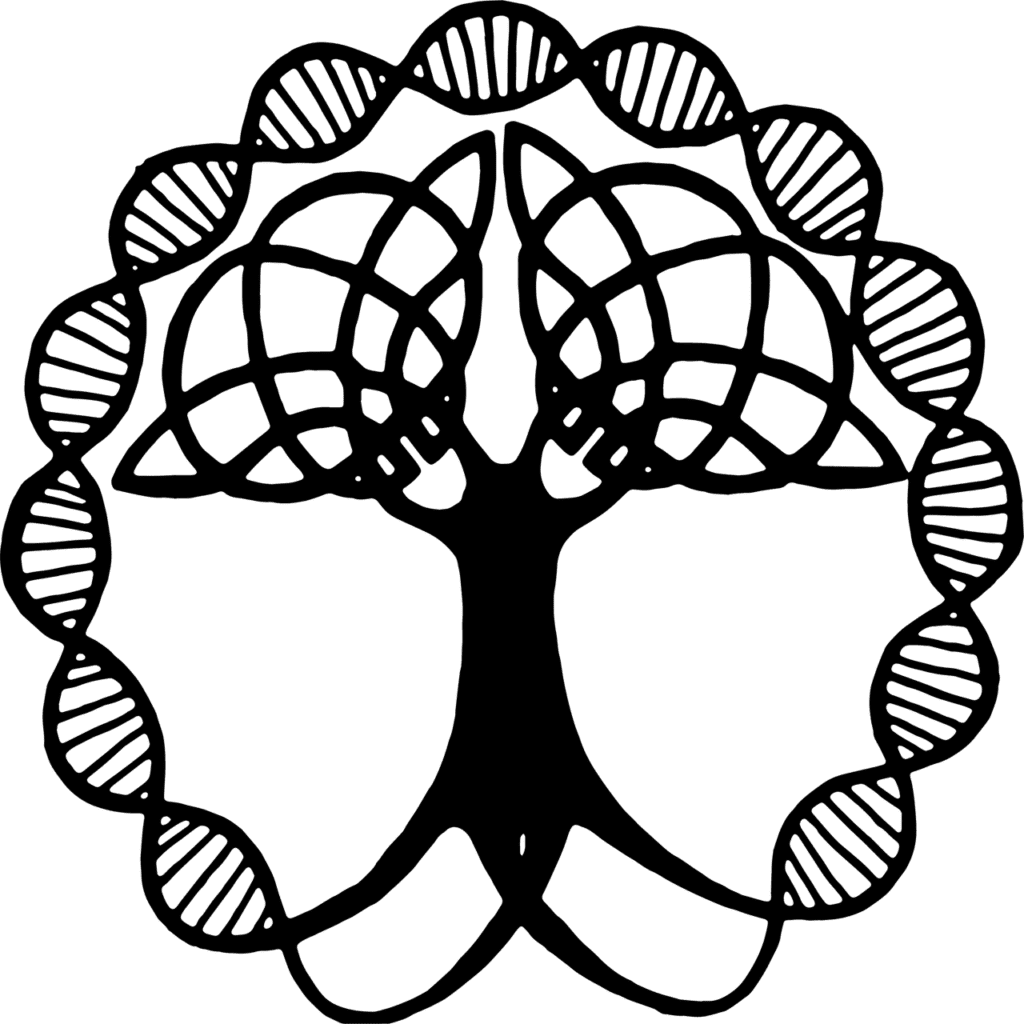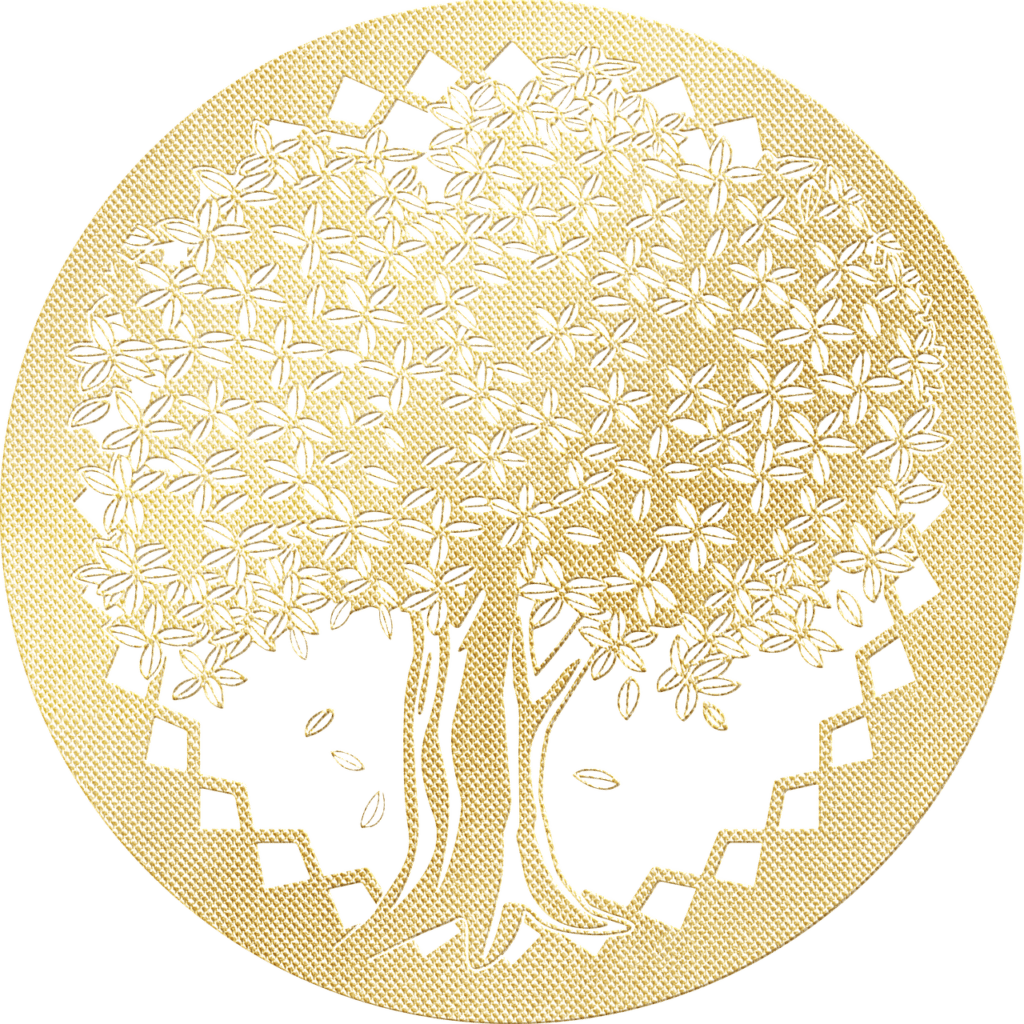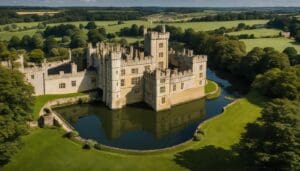The Origins of the Celtic Tree of Life
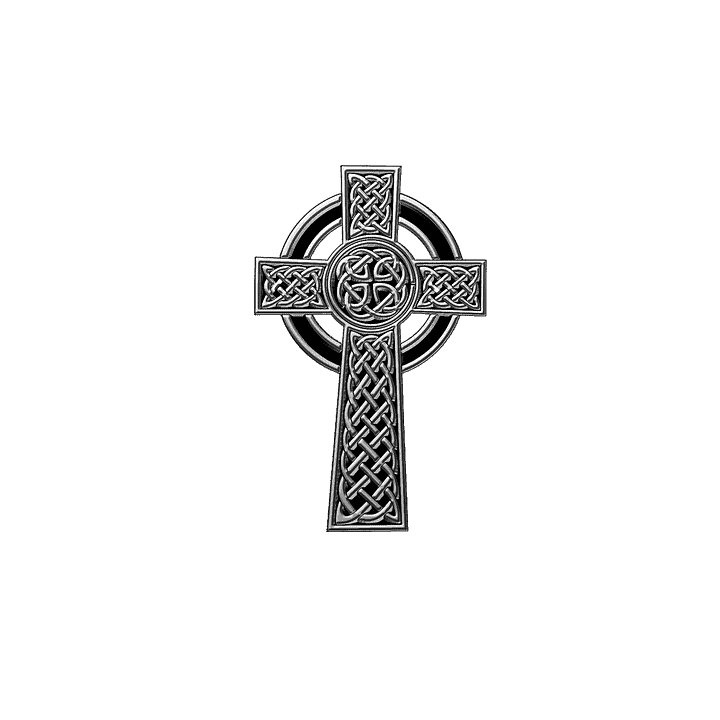
Updated On: April 21, 2024 by Ciaran Connolly
The Irish culture embraces a wide range of symbols that signify their beliefs and notions. While there are many of them, this time, we’re discussing one of the most important subjects in the Celtic culture. The Celtic Tree of Life.
If you’re familiar with the Celtic culture, you may have come across this significant symbol. In fact, trees have always played a role in Irish mythology and are known for their great significance.
What is the Celtic Tree of Life?
In the past, trees were seen as more than what they actually are. They were not just trees according to the Celts, but rather a source of life. Even when they used to clear vast fields for settlement purposes, they’d leave one tree standing alone in the centre.
This single tree would become the Tree of Life that possesses superpowers. The greatest triumph one would have against their enemy was to chop their tree down. It was considered the most offensive act to do to your enemy.
Trees have always bear a significance in the Celtic culture. They were regarded as part of nature that provides food and shelter for both humans and animals. This alone had increased its connotation to the Irish.
During ancient times, trees were the perfect spots for druids and priests to practice their beliefs. Most churches would usually have a tree nearby. It was also the perfect spot for tribes to gather around. They have always made an appearance in the tales of the Celtic mythology.
The Significance of the Celtic Tree of Life
Trees have always been there for whoever needs them, both humans and animals. They were seen sacred for that reason, but it was not the only reason for their importance. Trees actually symbolise more than a few things to the Celts.
The main significance of the Celtic Tree of life was its connection with the Otherworld. Celtic cultures believed that the roots of the tree connected our world with the Otherworld. Trees, in general, were seen as doorways to the spirit world. Thus, they were magical as they protected the land from the evil spirits and hindered their entrance into our world.
Apart from that, they also believed that the branches growing upwards symbolised heaven while the roots going downwards symbolised hell. It was still another connection between two contradictory things.
There are other things that the Celtic Tree of Life symbolises. There was a theory that the Celtic Tree of Life represented everything on the planet is interconnected. For example, a forest is made up of numerous trees standing tall. Their branches may reach out for one another to create unity and power. Besides, they’ve always provided homes for different animals and plantations as well.
Trees were also a sign of strength as it’s quite hard to break its trunk. One more thing, trees represent is rebirth. That’s because the leaves fall out during autumn, hibernate during winter, and grow back through the spring and summer.
Origins of the Celtic Tree of Life Symbol
The notion of the tree of life dates back to ancient times way before it was important to the Celtic culture. It was a powerful symbol in many different cultures, including the Egyptian and Norse cultures. The very first Celtic Tree of Life dates back to the Bronze Age.
Scholars believe that the Celtic tree of life was adopted by the Celts from the Norse. That’s because the Norse believe in Yggdrasil; An ash tree believed to be the source of all life. However, the Norse believed that the tree of life led to many worlds rather than just the Otherworld.
The Legend of Treochair
Definitely, Irish mythology embraced quite a fair share of tales around trees. Not to mention the trees played an important part in many tales, especially Oak Trees.
In the Celtic legends lies the legend of Treochair which means “Three Sprouts.” It’s the tale of a giant man whose name was Treochair.
He supposedly came from the Otherworld, holding a huge branch of a tree. The tree held numerous plants that produced a handful of fruits. The role of Treochair was to shake the branch to drop some fruits for the people to endeavor.
Some fruits also held some seeds along that fell in the soil’s centre of Ireland’s all four corners. That’s how the five sacred trees of Ireland came into life.
Practices around Trees in Ireland
It is obvious that the Celts’ beliefs in trees did not stop just being a notion. Instead, they had some superstitions and practices that were performed around trees.
In ancient times, trees were the spots where the tribes collected. They were also mentioned in many tales and legends in Irish mythology. However, there are some trees that the Irish folks used to refer to as the Fairy Trees.
They usually had wells nearby to serve the purposes of the practices. Moreover, those fairy trees were perceived as sacred grounds under which the “Wee Folk” resided. The Wee Folk were usually the elves, hobbits, and leprechauns that resided in Ireland.
They were also referred to the Sidhe, pronounced as Shee, alongside the Tuatha de Danann after going underground. Even those who never believed in the Wee folks still protected the Fairy Trees.
Superstitions surrounding Fairy trees
The Holy Wells nearby the fairy trees were used as a cure for the sick. People used a piece of cloth and damped it in the water then wash the injury or sick body part. It was also believed to be the place of blessings and curses; you wish for anything and it comes true. Chopping down a tree was considered a bad omen.
Modern Usages of the Symbol of the Celtic Tree of Life
Since it’s a significant symbol in the Celtic culture, the Celtic Tree of Life has been incorporated in almost everything. One of the most popular elements that use the Celtic Tree of Life symbol is jewellery.
Giving someone a piece of jewellery with the symbol of the tree of life is epic. It is found in almost every jewellery, whether a ring, necklace, bracelets, or any other form. The symbol has also grown more popular to become a stunning tattoo design for many.
People in Ireland have used the method of creating knots with ropes. They are ones that seem to have no end or even a beginning. The design of those knots supposedly symbolised the eternity of nature by interweaving the knots inside one another.
The Tree of Life in Different Cultures
Apparently, the Celts were not the first to embrace the notion of the significant trees. They adopted the theory from other cultures that were around centuries ago. This takes us to the fact that there are many other cultures that adopt the Tree of life theory as well.
Here are some of the cultures that regard trees just as sacred as the Celts do.
The Mayans
It turned out that most of the cultures believed in the Tree of Life notion and not just the Celts. The Mayans were among those cultures who adopted this notion heartedly.
According to this culture, Heaven is somewhere behind a huge mystical mountain. However, it is really hard to know or learn about this mountain. Because, in the end, Heaven was never that accessible.
But, Heaven was connected to the Underworld and Earth through the world tree. This World tree is the point where the whole creation came out; a spot from which the world streamed. The illustration of the Mayan Tree of Life involves a cross in its middle.
They also believe that this point of the world flowed out in the four directions to create our Earth.
Ancient Egypt
The Egyptian culture is laden with mythological tales and beliefs that resemble those of the Celts. There are many figures in the ancient Egyptian Culture that have equivalents in that of Irish Culture.
Thus, the Tree of Life is no exception. Egyptians of the ancient times used to believe that the Tree of Life was somewhere for life and death. They believed that the Tree of Life enclosed life and death where each of them had a direction as well.
West was the direction of the Underworld and death. On the other hand, the east was the direction of life. According to Egyptian mythology, two deities emerged from that Tree of Life. They were known as Isis and Osiris; they were also referred to as the first couple.
The Chinese Culture
China is an interesting culture to ever get to know, let alone its philosophy of Taoism. According to a Taoist story found in Chinese Mythology, there was a magical peach tree. It kept producing peaches for thousands of years.
However, it was not just like any regular fruit; it was produced from the Tree of Life. Thus, it provided immortality for whoever eats from it. The illustration of the Chinese Tree of Life resembles those of other cultures. However, it also has a phoenix sitting atop and a dragon at the base. They could be a symbolisation of the most popular icons of China protecting the Tree of Life.
The Tree of Life in Religions
Apparently, the Tree of Life notion had its fair share on both cultural and religious levels. It was featured in both Christianity and Islam as scholars have proclaimed.
In Christianity, the Book of Genesis featured the tree of life, describing it as the tree of knowledge. The beliefs involved it being the tree of good and evil and, they believed, it was planted in the Garden of Eden.
It also appeared for numerous times ensuing books of the Bible with the term “Tree of Life”. Despite that, some scholars do believe that this tree may be different from that mentioned in the cultural mythologies. Again, it bears a great resemblance to them.
According to Islamic beliefs, the Quran mentioned the Tree of immortality. Trees, in general, play a vital role in Islamic culture. They are usually mentioned in both the Quran and Hadith.
There are three supernatural trees that the Quran mentioned. One of them is the Tree of Knowledge found in the Garden of Eden similar to that of the Bible. The other tree is the Lote Tree of the Extreme Boundary known in Arabic as Sidrat al-Muntaha.
Zaquum is the name of the third tree that is referred to the Infernal Tree and is found in Hell. The three trees are usually combined into one symbol. Read more on Irish traditionals and folk stories.


